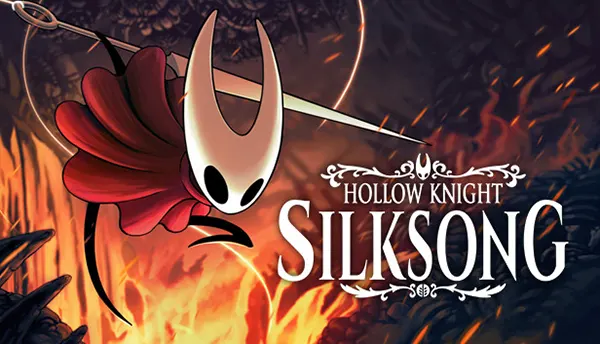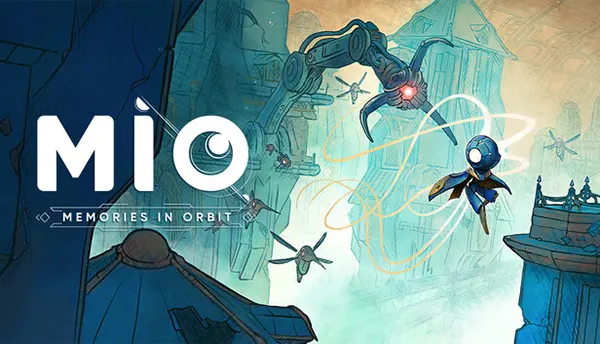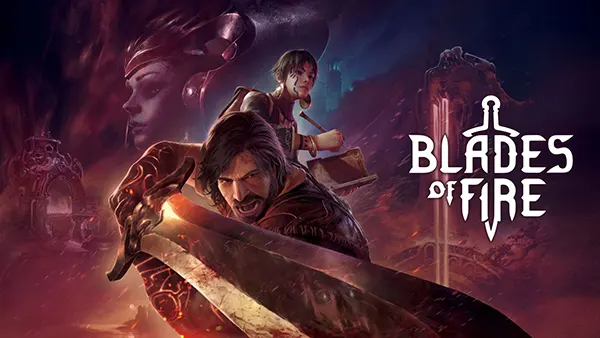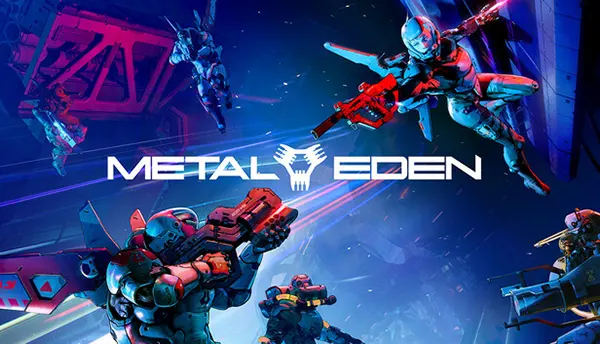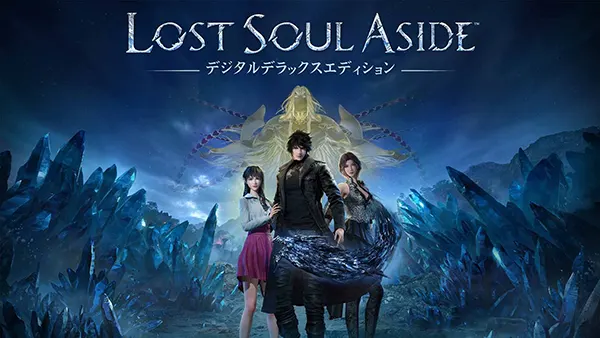In-Depth Gameplay Analysis of Star Wars: Jedi Survivor: Mastering the Open-World Jedi Experience
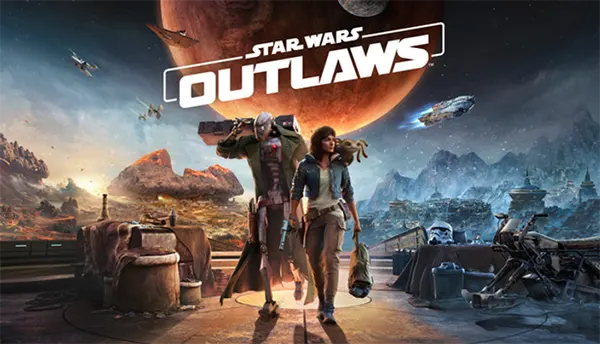
Since its release, *Star Wars: Jedi Survivor* has become one of the most talked-about action-adventure games, immersing players in a massive galaxy filled with challenges, lore, and dynamic combat. Set in a beautifully expanded universe, this title places players back in the role of Cal Kestis, a Jedi Knight on a mission to restore order. With a vastly improved open-world design compared to its predecessor, the game delivers a highly interactive and rewarding journey for fans of the franchise and new players alike.
Open-World Exploration and Environmental Depth
One of the standout features of *Jedi Survivor* is its approach to open-world design. Unlike the more linear progression in *Fallen Order*, the sequel provides intricate environments filled with secrets, side quests, and hidden lore. Planets such as Koboh and Jedha offer biomes that are not only visually stunning but also brimming with narrative-driven content.
The use of traversal abilities such as wall-running, force-assisted jumps, and mounts allows players to engage with the terrain in a deeply satisfying way. Each area is constructed to reward backtracking with new areas and upgrades that become accessible as Cal’s powers evolve. This encourages players to fully explore each environment, creating a sense of immersion and agency.
Additionally, meditation points—serving as checkpoints—are cleverly integrated into the landscape, ensuring players can recover, upgrade skills, or fast travel without disrupting the pacing of exploration. The level design strikes a balance between open-ended freedom and structured guidance, making each journey feel purposeful.
Secrets, Side Quests, and Replayability
Scattered throughout the planets are optional objectives such as bounty hunts, hidden bosses, and encrypted messages that deepen the lore. These activities aren’t mere filler—they offer new gear, story fragments, and valuable upgrades. Players who invest time in completing these tasks are rewarded with enhanced abilities and rare collectibles.
The introduction of the Rumor system provides players with tips and hints gathered from NPCs. It creates a more organic sense of discovery, as players can choose which leads to follow rather than being driven solely by map markers. This narrative tool supports replayability and encourages different choices across playthroughs.
Moreover, the holomap has been significantly improved, making navigation intuitive while still preserving the thrill of finding secrets. Exploration is not only about what you discover but how you interact with the evolving world around you.
Combat System and Jedi Abilities
The combat mechanics in *Jedi Survivor* build upon the solid foundation of its predecessor while introducing new lightsaber stances and Force abilities. Players can choose between five different lightsaber styles: single blade, double blade, dual wield, crossguard, and blaster stance. Each one offers a distinct strategic edge, tailored to different combat scenarios and enemy types.
Switching stances mid-battle is seamless and allows players to adapt quickly. This flexibility encourages experimentation and caters to diverse playstyles. Whether you’re deflecting blaster fire in a narrow corridor or engaging a boss in an open arena, each stance has meaningful utility.
Force powers, such as push, pull, and confusion, now play a greater role in crowd control and puzzle-solving. Combined with Cal’s evolved acrobatics and parrying techniques, the combat loop remains fluid, responsive, and constantly engaging.
Enemy Diversity and Tactical Depth
The enemy AI has been significantly refined, offering more challenging encounters that require timing, patience, and strategy. From agile raiders to towering mechanical beasts, enemies now react dynamically to the player’s movements and attacks. This elevates the need for tactical planning and stance mastery.
Boss fights in particular showcase the depth of the combat system. Each encounter is uniquely designed, with layered mechanics that require both aggression and precision. Some bosses incorporate cinematic elements and environmental interactions, further enriching the experience.
Additionally, the skill tree has been expanded to include distinct paths for survival, combat, and Force mastery. Players can tailor Cal’s progression to their preferred approach, whether they prioritise resilience, offensive power, or environmental manipulation.
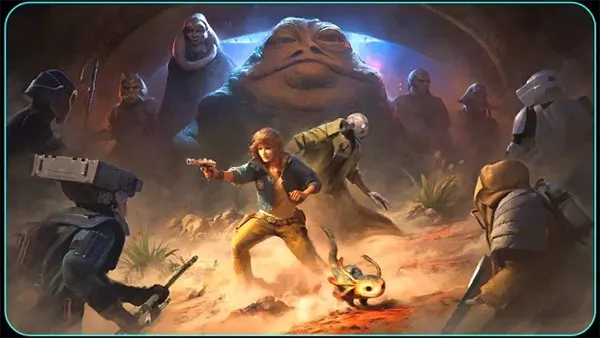
Character Development and Story Integration
*Jedi Survivor* excels not only in gameplay but also in character development and narrative integration. Cal Kestis returns as a more mature and introspective hero, navigating the complexities of rebellion and personal growth. The emotional stakes are higher, with relationships and inner conflict playing a central role in the unfolding drama.
Supporting characters like Bode Akuna and Merrin receive richer arcs, creating a cast that feels essential rather than secondary. Dialogue choices and side stories offer insight into the motivations and backstories of these companions, deepening player investment.
The game also tackles broader themes such as trust, sacrifice, and legacy, embedding them seamlessly into missions and exploration. These narrative threads enhance the purpose of gameplay mechanics, making every action feel connected to the larger story arc.
Visual Presentation and Cinematic Quality
Graphically, the game takes full advantage of next-gen capabilities. The lighting, texture detail, and animation quality contribute to a cinematic presentation that rivals blockbuster films. Facial expressions and voice acting are particularly strong, adding emotional weight to key story beats.
Cutscenes transition smoothly into gameplay, maintaining immersion. This design choice ensures that players remain emotionally and mechanically engaged throughout long sequences. Environments are also populated with ambient life and dynamic weather systems, adding depth to the worlds players explore.
Sound design is another strong point. The orchestral score evokes classic *Star Wars* tones while adapting to in-game tension. From the hum of lightsabers to the atmospheric echo of cave systems, audio cues enhance both storytelling and tactical awareness.

